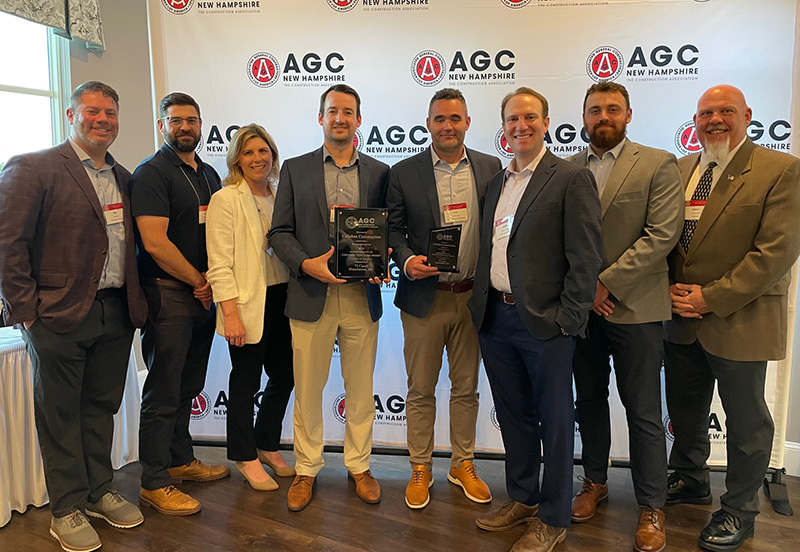Harvard University and Behnisch Architekten top out SEAS complex
Boston, MA As builders hoisted the last beam into place on the John A. Paulson School of Engineering and Applied Sciences (SEAS), Harvard University and Behnisch Architekten took a major step toward the building’s scheduled opening in 2020.
Speaking at the ceremony were Stefan Behnisch, founder of Behnisch Architekten; Shaun Donovan, Harvard class of 1987 and adviser on campus development; Francis Doyle III, dean of SEAS; and Tracy Palandjian, Harvard class of 1993 and vice-chair of the board of overseers’ executive committee.
Behnisch Architekten designed the new 497,000 s/f complex at Harvard’s Allston campus. The six-story facility will feature teaching and research laboratories, classroom space, faculty and staff offices, and a host of amenity spaces on the above-grade levels. The firm’s local office is designing the project.
The SEAS will be among the most cutting-edge teaching and research facilities in the country. Located across from Harvard Business School and adjacent to the emerging enterprise research campus, the building will be home to more than 900 undergraduates, more than 400 graduate students, over 450 researchers, and initially, as many as 80 faculty members.
Additional teaching spaces, fabrication shops, core research facilities, and a loading dock will occupy two below-grade levels. All levels will be connected vertically by a central atrium space facing south toward the courtyard, which will deliver daylight to all floors and serve as the communicative heart of the complex.
“This is a great milestone for this project. We all have been working toward this moment for quite some time, and I am confident this building will one day represent the innovative and collaborative spirit of the Paulson School of Engineering. Harvard is an outstanding institution and we all hope we can contribute towards a building that fosters communication and interdisciplinary working and learning, as well as innovative research beyond what we dare to consider today,” said Stefan Behnisch.
Integrated sustainable features and building systems have driven the facility’s design. Multiple atria, in combination with glazed interior partitions, will transmit daylight deep into the interior. The building’s façade is composed of three integrated systems that are designed to play a crucial role in the energy performance and occupant comfort in the building, incorporating daylighting, natural ventilation, and stringent levels of thermal performance to maximize energy savings. Hydronic heating and cooling systems, which save about one-third the energy of comparable air-driven systems, will provide efficient, silent, and draft-free tempering of interior spaces. User-controlled systems will allow the individual to set his or her own preferences for lighting, ventilation, and climate control.
Nobis Group awards Robinson and Moreira STEM scholarships


The rise of incubators and co-working spaces: The latest in life sciences - by Matt Combs

Ask the Electrician: Is summer a prime time for commercial electrical maintenance?

The design-build advantage: Integrated interior design solutions - by Parker Snyder








